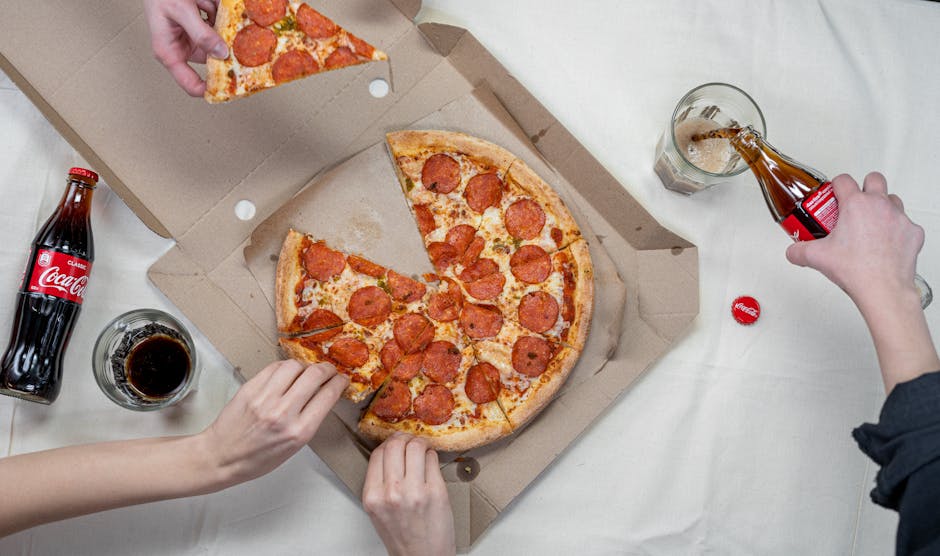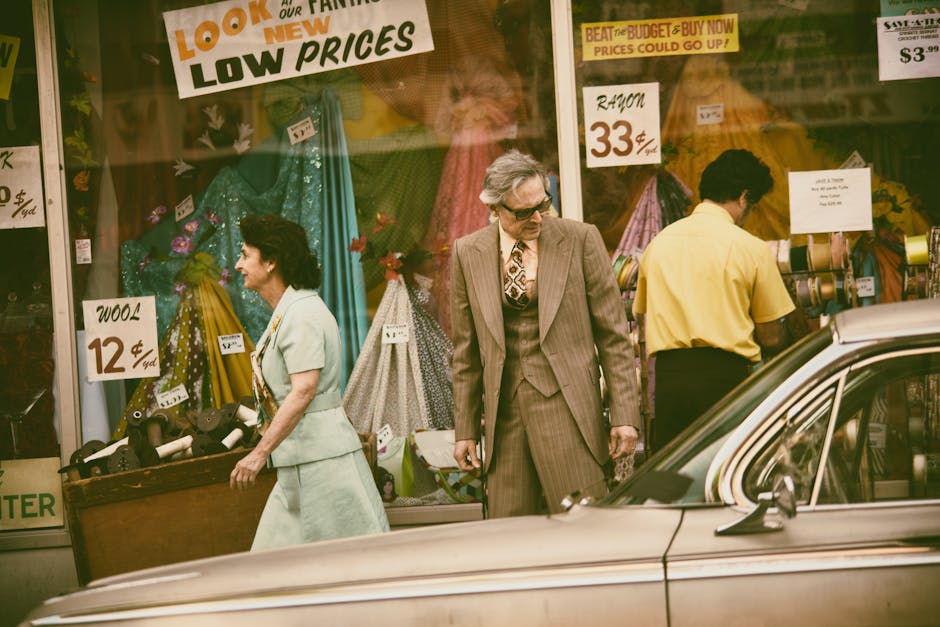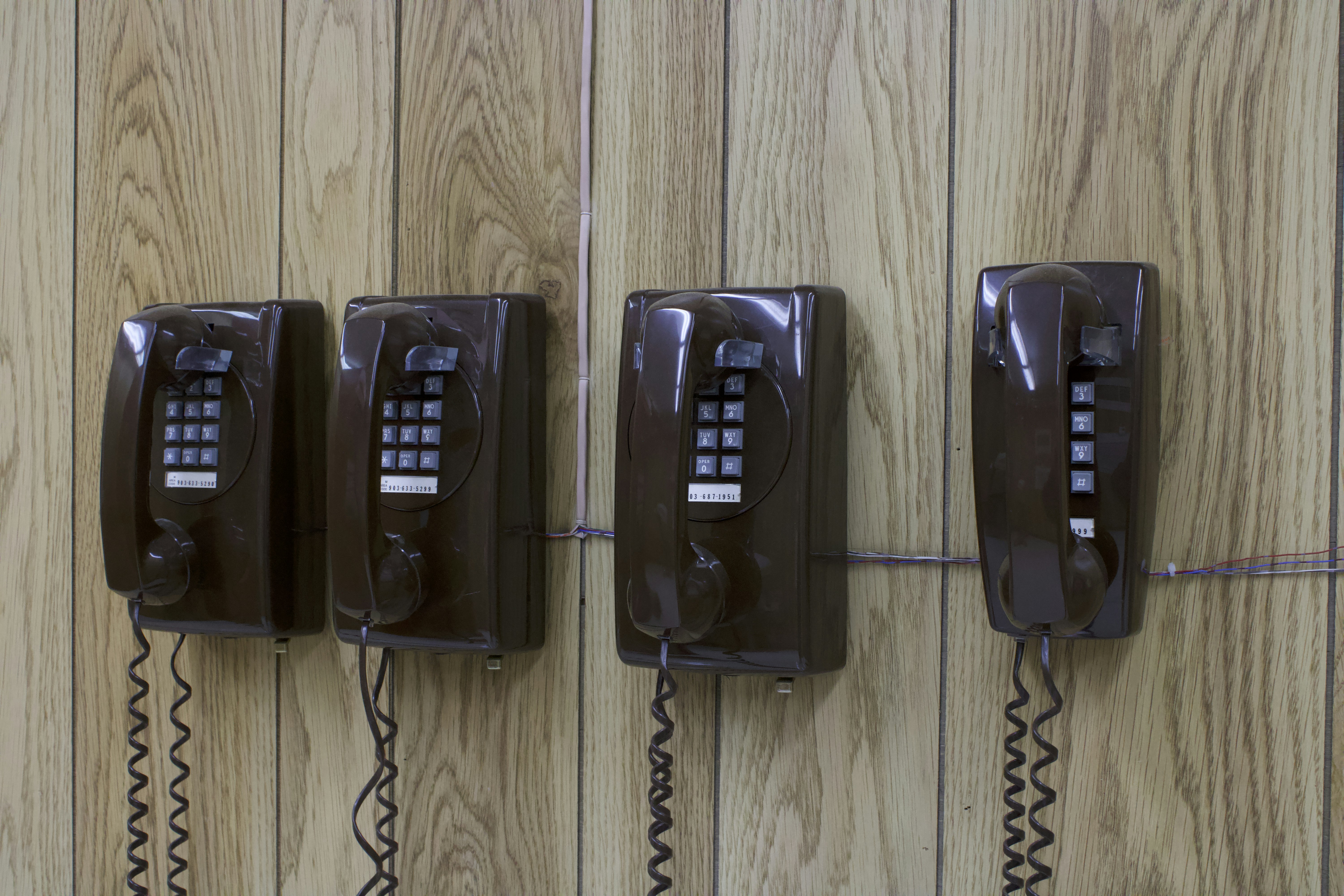The AI Nostalgia Factor: Unlock Future Trends through History
In today's fast-paced business landscape, predicting consumer behavior has become a monumental challenge. Amid emerging technologies, Artificial Intelligence (AI) offers novel solutions—especially when we tap into something as profound as nostalgia. Instead of solely relying on present trends, what if businesses could generate insights from historical consumer behaviors? This article explores the innovative utilization of AI tools to analyze historical data, seek patterns in past consumer interactions, and harness nostalgia as a predictive mechanism. The outcome is a fresh pathway through which brands can construct marketing campaigns, design products, and curate unique customer experiences that strike an emotional chord, thereby enhancing engagement in our bustling, competitive marketplace.
The Nostalgia Factor Explained
Nostalgia is a powerful emotion; it creates a sentimental longing for the past, often entwined with happiness. But it's not just a feeling—it's a tool, one that brands can utilize with the help of AI to forecast future consumer behavior. According to research by Harvard Business Review, nostalgic advertising can significantly increase consumer engagement, making this emotional prompt a hidden gem for marketers.
Imagine scrolling through a social media feed and encountering a product that evokes your childhood memories—be it a classic tennis shoe or a vintage toy. That feeling of nostalgia can be a lucrative prompt for purchasing behavior. The next step is where AI comes into play, drawing from historical data to pinpoint the most resonant nostalgic elements—for their audience, often using sentiment analysis powered by machine learning.
So how do businesses practically use AI to leverage nostalgia? Let’s explore some key strategies.
Case Studies: Nostalgia Meets AI in Action

1. Coca-Cola's "Share a Coke" Campaign

In 2011, Coca-Cola launched its "Share a Coke" campaign, introducing bottles labeled with popular names. This personalization evoked fond memories of shared moments, effectively utilizing nostalgia. By employing AI tools to analyze vast datasets, Coca-Cola targeted demographics precisely and heightened emotional engagement. The result? A significant uptick in sales and a renewed popularity of the brand.
Similarly, businesses can analyze historical purchasing patterns to identify which nostalgic elements resonate most with their audience. Using algorithms that sort through social media sentiment or customer feedback can help identify successful nostalgic cues.
2. Netflix's Customized Recommendations

Netflix stands out in its ability to tap into viewer nostalgia. By leveraging historical viewing data and historical trends in content, the platform recommends shows that resonate with personal memories. Imagine rediscovering a childhood favorite—you’re not just engaged; you’re emotionally attached.
What if other brands could replicate this customizable experience? Comprehensive AI tools offer insights into compiling engaging content that dovetails with consumer sentiment, enhancing overall user interaction with the brand.
Engaging Marketing Campaigns Through Nostalgia

Creating compelling marketing campaigns rooted in nostalgia requires a nuanced understanding of your consumer base. Here are actionable strategies that businesses can implement:
1. Historical Data Analysis

Investing in AI tools that analyze past purchasing behaviors ensures brands identify pivotal moments of nostalgia. Businesses can harness sentiment analysis to gauge emotive reactions to past campaigns, ads, or products. Not only does this refine targeting strategies, but it also enhances marketing messaging to connect on a deeper level.
2. Create Timeless Products

Nostalgic marketing is most effective when combined with product design. Businesses can analyze historical data to resurrect classic products or styles that resonate with target demographics. This approach isn’t merely a throwback; it’s a mindful recreation based on informed insights from the past.
For instance, consider how fashion brands like Levi’s consistently bring back vintage styles. This isn’t random nostalgia; it’s calculated data-driven strategy that recognizes demand patterns.
3. Storytelling and Emotional Campaigns

Nostalgia-driven marketing thrives on storytelling. Brands can adopt narratives that highlight the emotional significance of past experiences. AI tools can analyze which stories resonate with consumers and model campaigns around them.
Successful examples abound from brands like Disney. Their marketing frequently evokes nostalgia by bringing older shows and characters back to life, boosting engagement and loyalty.
Customer Experience & Design

The consumer experience is vital. Leveraging historical patterns not only shapes marketing but can also facilitate design and customer support processes.
1. Tailored Customer Journeys

AI can enhance customer journeys by drawing on past interactions to personalize future experiences. For instance, using AI tools for dialogue mapping allows brands to anticipate customer needs effectively. Brands like Zappos have perfect this, using AI data to provide exceptional customer service that resonates personally.
2. Creating Immersive Experiences

Businesses can also rely on AI for virtual realities or events that evoke nostalgia—think retro-themed pop-up shops or experiences that invite customers back in time. Companies like LEGO thrive on nostalgia with their engaging sets that remind users of their childhood creations, fostering a strong emotional bond.
Practical Strategies to Implement

Bringing nostalgia into business practices requires a well-structured approach. Here are actionable suggestions to start capitalizing on this powerful emotion:
1. Data Analytics Platform

Invest in robust AI analytics platforms that can sift through historical data and highlight nostalgic trends. Monitoring social media engagement and customer reviews can offer invaluable insights into customer sentiment and emotional connections.
2. Build a Nostalgic Content Library

Develop a repository of nostalgic content, including historical campaigns, designs, product lines, and themes that worked in the past. This content can guide current branding strategies to enhance emotional relevance.
3. Test, Measure, and Adapt

Any nostalgic marketing campaign should undergo rigorous testing. Leverage AI to analyze audience reactions and adapt messaging accordingly. A/B testing various approaches can reveal what resonates best.
4. Prepare for Backlash
While nostalgia can be a boon, it's equally important to be mindful of how some memories may stir negative feelings. Businesses should refine their strategies to avoid alienating particular demographics or invoking unfavorable sentiments.
Next Steps: Integrating AI with Nostalgia
Harnessing the "AI Nostalgia Factor" will substantially differentiate your brand in a crowded marketplace. Utilizing AI tools to dive deep into historical data and consumer behavior can unlock new pathways for marketing, product creation, and customer engagement.
As you prepare to investigate the potential of AI-powered nostalgic strategies, consider tuning into how AI technology can revolutionize your operations and create a more emotionally resonant connection with your audience. Not only will this elevate engagement, but it will also cultivate a stronger bond with your consumers, ensuring they view your brand not merely as a vendor, but as an integral part of their lived experience.
Final Thoughts
The intersection of nostalgia and AI presents an exhilarating frontier for businesses willing to innovate. By drawing on historical insights and enhancing emotional engagement, brands can position themselves favorably amid the noise of the digital age. The time has come to embrace the nostalgia factor and use AI not just to predict trends but to tap into the deep emotional connections that shape consumer choices. After all, understanding the past can illuminate a brighter future.
Explore how AI tools can analyze historical consumer behavior, leveraging nostalgia for future business trends and emotional consumer connections. Discover innovative marketing strategies!




